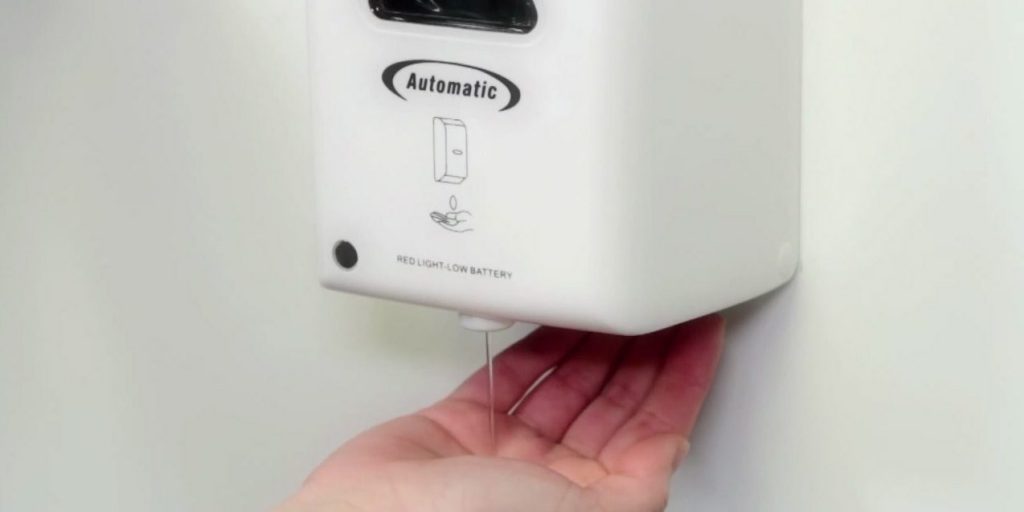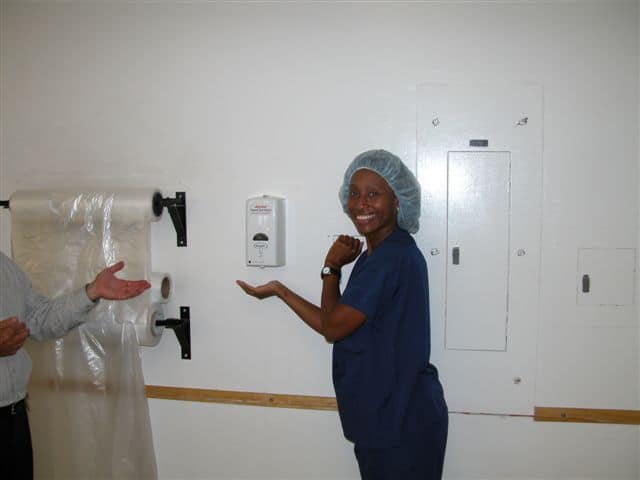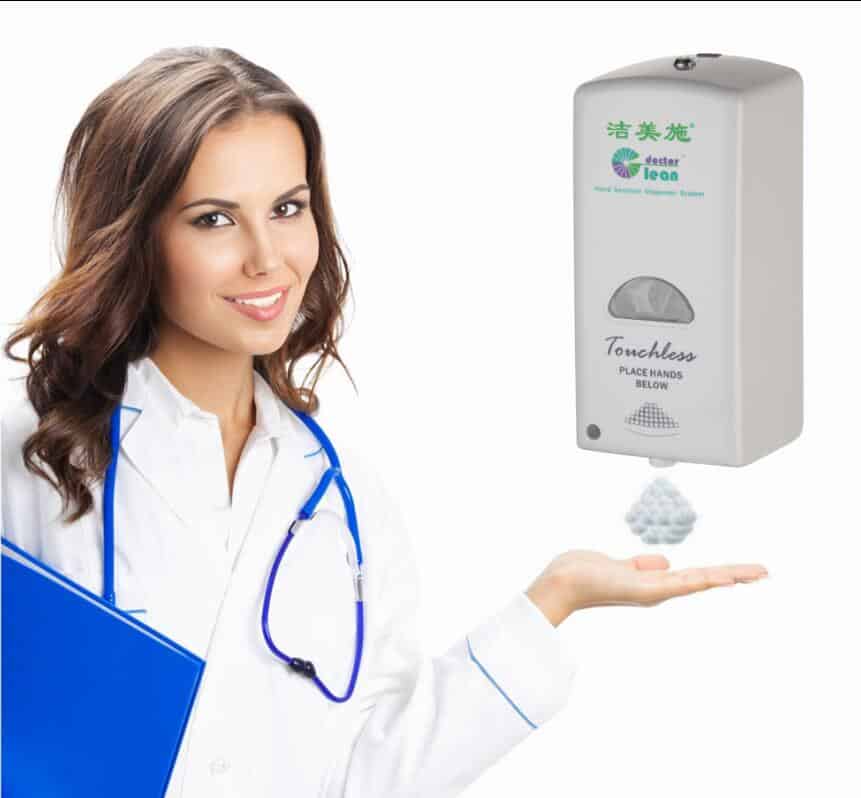News & Views
Definitions concerns to hand hygiene
HAND HYGIENE Handwashing with detergents or antiseptic soaps and water, alcohol-based soap solutions and surgical antisepsis. SOCIAL HAND WASHING Washing with common soap and water or detergent in order to remove the newly acquired flora and remove dirt. ANTISEPTIC WASH Washing of hands with water and antiseptic (soap or detergent) of broad microbial spectrum, in…
Read MoreHAND WASHING TECHNIQUE
WITH ALCOHOLIC BASED ANTISEPTIC: Apply the product in the palm of the hand. Scrub vigorously both hands Cover the entire surface of the hands and fingers. Continue scrubbing until drying (15 to 25 sec) WITH WATER AND SOAP OR ANTISEPTIC SOLUTION: Wet hands first Apply 3 to 5 cc of soapy solution (1 dispenser application)…
Read MoreInstructions for hand washing & disinfection
According to CDC guides. Recommendations published on October 25, 2002; categorized based on existing scientific data, applicability and economic importance. When they are visibly dirty or contaminated with body fluids, it should be done with water and antiseptic solution (de-contamination). Before and after contact with a patient. Before and after the use of gloves when…
Read MoreHand hygiene at the right time saves lives and is an indicator of the quality and biosecurity of health services
Mexico City, May 8, 2017 – Hands are the most powerful tools of health professionals. With them we feel our patients, identify their ailments and with them we provide support and hope. However, our hands can also be a source of danger for our patients because they are the main route of infection transmission. This…
Read MorePrecautions for the selection and installation of soap dispensers
The automatic soap dispenser, which is designed with a clever dispensing structure, allows people to easily access the soap without having to squeeze it by hand. Soap dispensers were first used in public places such as shopping malls, airports, hospitals, high-end office buildings, etc. When people loved this convenient way of washing their hands, they…
Read MoreFaucets & sinks are a heaven to slime and biofilm
Hand hygiene is a critical component of infection prevention in hospitals, but the unintended consequences include water splashing out of a sink to spread contaminants from dirty faucets according to new research being presented this week at the 46th Annual Conference of the Association for Professionals in Infection Control and Epidemiology (APIC). Researchers at the…
Read MoreThe Efficacy of Electronic Alerts and Prompts against hand hygiene compliance
Sometimes, an audible reminder serves as a friendly little push that most HCWs need to remind them to practice good hand hygiene. Amron Corporation’s Hand Hygiene Prompts (HHP) is a computer-based device that collects data from sensors which report room exit and entry, toilet use and hand hygiene compliance. From these data, HHP determines if…
Read MorePoor hand hygiene
People not washing their hands after going to the toilet, rather than undercooked meat, is behind the spread of a key strain of E. coli. That’s according to a new study published in Lancet: Infectious Diseases. In it, a team analysed 20,000 human faecal samples and 300 blood samples plus hundreds of sewage samples, animal…
Read MorePreventing Cross-Contamination
As concerns about cross-contamination increased among infection prevention professionals, industry responded, introducing touchless sink fixtures and hardware as well as soap and paper towel dispensers. In fact, an entire generation has nearly grown up around this kind of touchless environment, making it the standard for restrooms everywhere, but most notably in healthcare facilities to decrease…
Read MoreGoing Touchless is a High-Tech Solution to Hand Hygiene Compliance
While handwashing compliance among healthcare workers (HCWs) and allied staff remains notoriously low in numerous hospitals, perhaps it’s time to realize that their behavior as “civilians” when not on the job may have a lot to do with it. Recent surveys indicate that an alarming number of people don’t wash their hands after using a…
Read More








